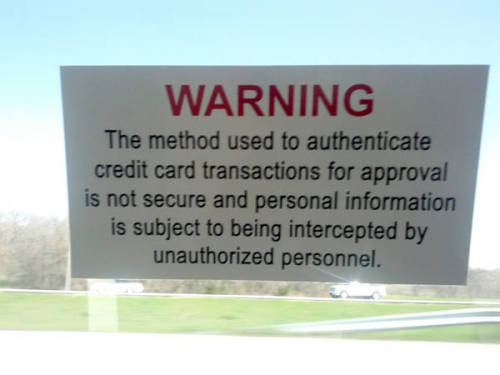As a professional URI aficionado I deal with various levels of ignorance on URI percent-encoding (aka URI encoding, or URL escaping).
Getting into the more subtle levels of URI percent-encoding ignorance, folks try to apply their knowledge of percent-encoding to URIs as a whole producing the concepts escaped URIs and unescaped URIs. However there are no such things - URIs themselves aren't percent-encoded or decoded but rather contain characters that are percent-encoded or decoded. Applying percent-encoding or decoding to a URI as a whole produces a new and non-equivalent URI.
Instead of lingering on the incorrect concepts we'll just cover the correct ones: there's raw unencoded data, non-normal form URIs and normal form URIs. For example:
In the above (A) is not an 'encoded URI' but rather a non-normal form URI. The characters of 'the' and 'path' are percent-encoded but as unreserved characters specific in the RFC should not be encoded. In the normal form of the URI (B) the characters are decoded. But (B) is not a 'decoded URI' -- it still has an encoded '?' in it because that's a reserved character which by the RFC holds different meaning when appearing decoded versus encoded. Specifically in this case, it appears encoded which means it is data -- a literal '?' that appears as part of the path segment. This is as opposed to the decoded '?' that appears in the URI which is not part of the path but rather the delimiter to the query.
Usually when developers talk about decoding the URI what they really want is the raw data from the URI. The raw decoded data is (C) above. The only thing to note beyond what's covered already is that to obtain the decoded data one must parse the URI before percent decoding all percent-encoded octets.
Of course the exception here is when a URI is the raw data. In this case you must percent-encode the URI to have it appear in another URI. More on percent-encoding while constructing URIs later.

(via Taxi-window sticker: our security stinks and your credit card will be sniffed)
Don’t you have to meet some minimum security requirements to process credit card transactions?
Most existing DRM attempts to only allow the user to access the DRM'ed content with particular applications or with particular credentials so that if the file is shared it won't be useful to others. A better solution is to encode any of the user's horrible secrets into unique versions of the DRM'ed content so that the user won't want to share it. Entangle the users and the content provider's secrets together in one document and accordingly their interests. I call this Blackmail DRM. For an implementation it is important to point out that the user's horrible secret doesn't need to be verified as accurate, but merely verified as believable.
Apparently I need to get these blog posts written faster because only recently I read about Social DRM which is a light weight version of my idea but with a misleading name. Instead of horrible secrets, they say they'll use personal information like the user's name in the DRM'ed content. More of my thoughts stolen and before I even had a chance to think of it first!
Some backhanded compliments towards the end =). Exciting regardless.
In short: excessive use of promises leads to a ton of short lived objects and resulting poorer pref.
An HTML and CSS UI framework - common icons and layout necessary for web apps - all free under Creative Commons BY and Apache 2
(via M.C. Escher does Romeo and Juliet in the zany first trailer for Upside Down [Video])
Pretty trailer!
FTA: “Nick Bilton put the FAA’s claims regarding Kindles and airline avionics to the test. The result? They emit less EM interference than planes are required by law to withstand.” Much less, apparently.
“TechCrunch and others are reporting that a program called “Carrier IQ” that comes pre-installed on Sprint phones has some pretty amazing spyware capabilities, right down to keylogging everything you do on the phone.”
Mime-type for describing the difference between two JSON resources (in JSON using JSON paths)
I wanted to ensure that my switch statement in my implementation of IInternetSecurityManager::ProcessURLAction had a case for every possible documented URLACTION. I wrote the following short command line sequence to see the list of all URLACTIONs in the SDK header file not found in my source file:
grep URLACTION urlmon.idl | sed 's/.*\(URLACTION[a-zA-Z0-9_]*\).*/\1/g;' | sort | uniq > allURLACTIONs.txt
grep URLACTION MySecurityManager.cpp | sed 's/.*\(URLACTION[a-zA-Z0-9_]*\).*/\1/g;' | sort | uniq > myURLACTIONs.txt
comm -23 allURLACTIONs.txt myURLACTIONs.txtBut in my effort to learn and use PowerShell I found the following similar command line:
diff
(more urlmon.idl | %{ if ($_ -cmatch "URLACTION[a-zA-Z0-9_]*") { $matches[0] } } | sort -uniq)
(more MySecurityManager.cpp | %{ if ($_ -cmatch "URLACTION[a-zA-Z0-9_]*") { $matches[0] } } | sort -uniq)